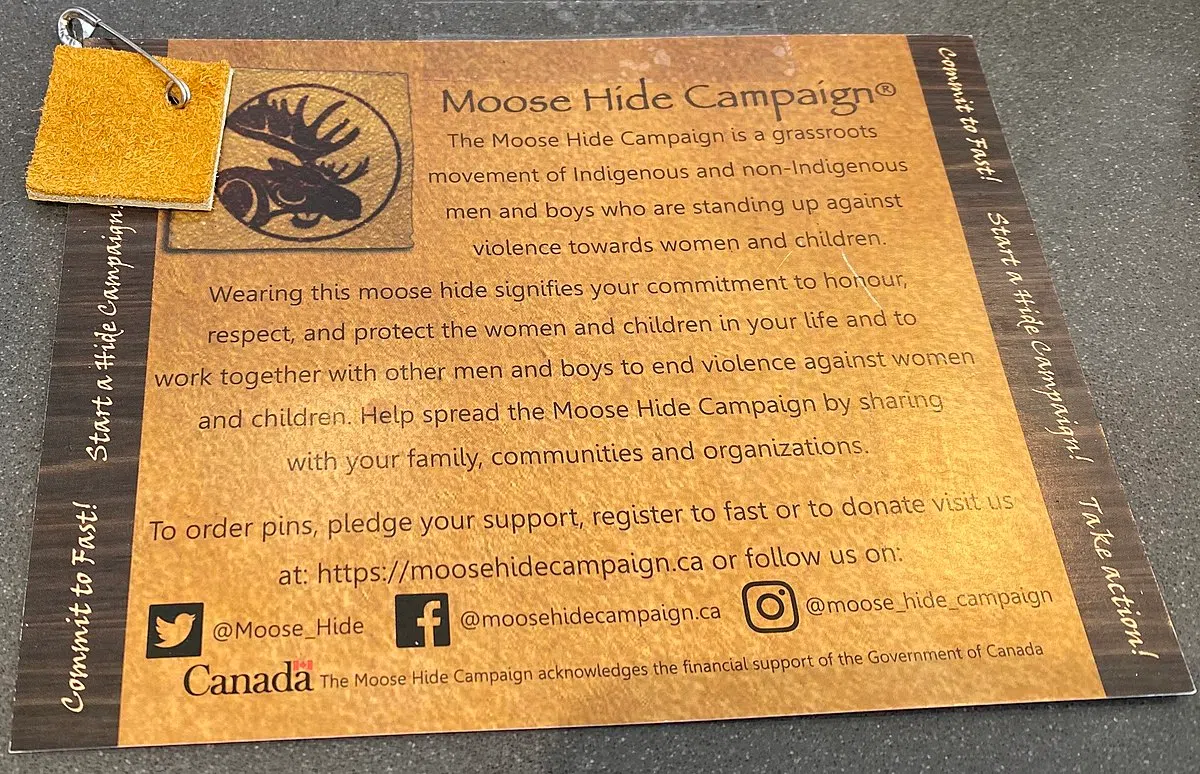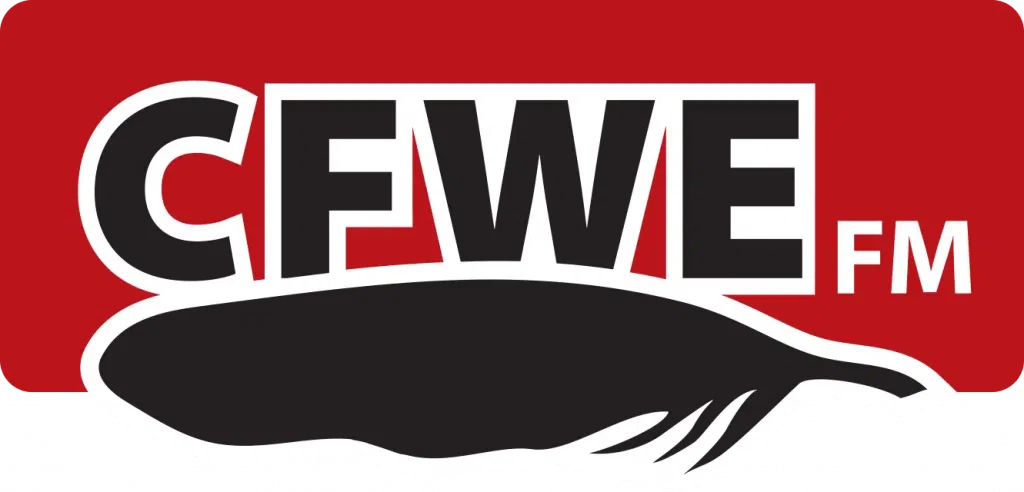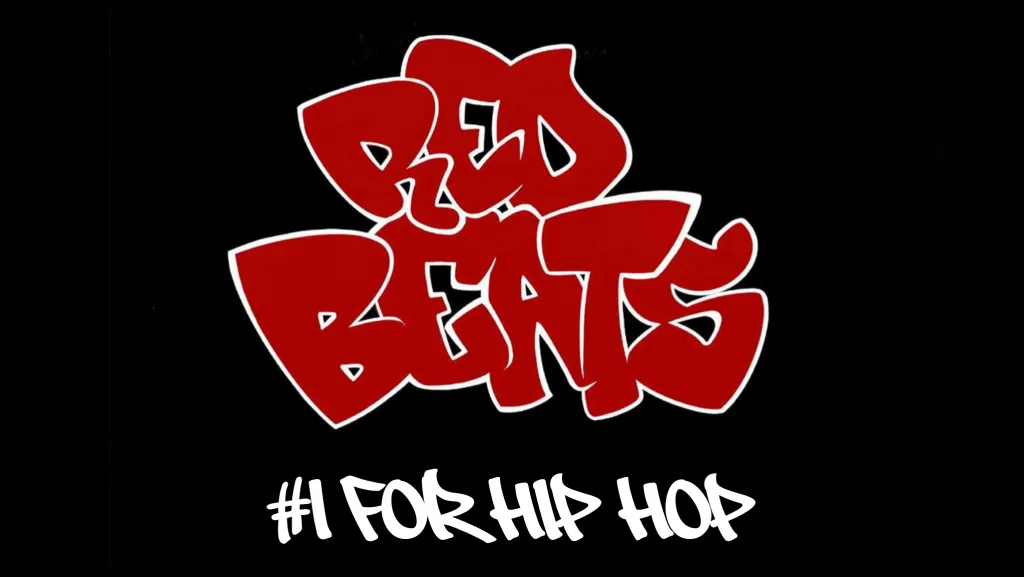Moose hide is a symbol of taking a stand against violence and undoing the effects of Residential Schools.
Co-founders Paul and his daughter Raven were hunting moose to help feed their family for the winter and provide for cultural purposes. This was a grounding tradition on their land that passed knowledge from one generation to the other, something the residential school system tried to erase.
Billy chats with Raven Lacerte , Co-Founder of the Moose Hide campaign.
The Moose Hide Campaign began as a BC-born Indigenous-led grassroots movement to engage men and boys in ending violence towards women and children. It has since grown into a nationwide movement of Indigenous and non-Indigenous Canadians from local communities, First Nations, governments, schools, colleges/universities, police forces and many other organizations – all committed to taking action to end this violence.
Since the Campaign began over 10 years ago along the Highway of Tears, thousands of communities and organizations across Canada have held Moose Hide Campaign events and joined the annual Moose Hide Campaign Day ceremony and fast. People of all ages, genders and backgrounds are invited to take part in Moose Hide Campaign activities.
The campaign is grounded in Indigenous ceremony and traditional ways of learning and healing. A cornerstone of the Moose Hide Campaign is the moose hide pin. Wearing the pin signifies your commitment to honour, respect, and protect the women and children in your life and speak out against gender-based and domestic violence. To date, over three million moose hide pins have been distributed free of charge to communities, schools, and workplaces across Canada.
Find out more information and how you can donate at https://moosehidecampaign.ca/
















